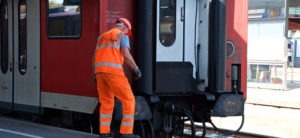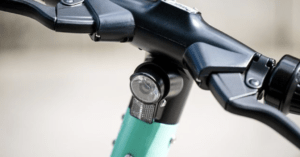INSTALLATION OF POSITIVE TRAIN CONTROL TECHNOLOGY
Railroads are required to install positive train control technology but a report by the FRA shows that while some railroads have made significant progress, many freight and commuter railroads are not on the fast track to safety and have yet to install a single radio tower or equip a single locomotive with PTC technology despite a mandate from Congress.
PTC could increase safety and reduce FELA injuries. But even with the knowledge of these potentially lifesaving tools, adopting the implementation of such devices has been slow, if not resisted outright.
The slow and inconsistent implementation of positive train control technology is a major issue that puts the lives of workers, passengers, pedestrians and motorists at risk. Freight railroads have only equipped 34 percent of their trains with the lifesaving technology while passenger railroads have equipped 29 percent of their locomotives.
The Need for the Installation of PTC Technology
For a free legal consultation, call (725) 900-9000
In 2008, Congress required that all railroads install and implement PTC technology. They were given seven years to complete the changes. After thorough scrutiny, it was discovered that the timeframe wasn’t enough and railroads were granted an extra three years. The deadline for compliance was extended to December 31, 2018. Also, provisions were added to the legislation to allow railroads the ability to obtain extensions of up to two years if they show substantial progress in meeting several PTC milestones.
According to the Federal Railroad Administration (FRA) the recommended PTC technology uses digital radio communications, signals, and GPS. The system is able to automatically stop or slow trains to prevent derailing due to excessive speed, train-to-train collisions, and the movement of a train in the wrong position.
Click to contact our personal injury lawyers today
Railroads have dragged their feet without taking the recent deadly train accidents seriously. The recent fatal derailment of an Amtrak train that collided with a parked freight train, leaving two crew members dead and more than 100 people injured is a good example. It appears that the train’s excessive speed and the fact that it was on the wrong track as it attempted to navigate a sharp curve were major contributing factors. The company has had four fatal train accidents in less than two months.
These and other accidents that have occurred since the legislation was passed raise concerns about the slow pace of railroads in the adoption of safety technology.
No obligation consultations are always free.
Let Us Help You! Call Now: (725) 900-9000


